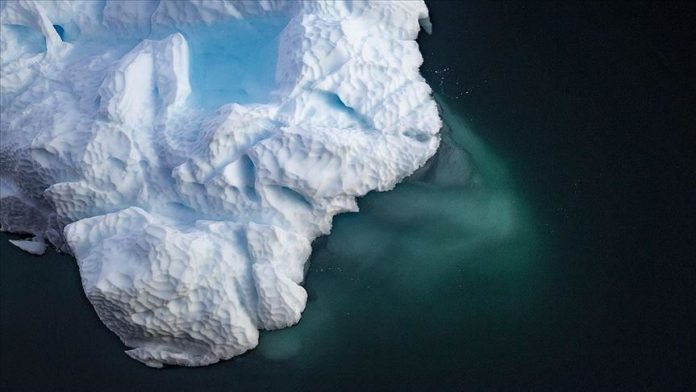An international team of glaciologists has revealed the most accurate portrait yet of the contours of the land beneath Antarctica’s ice sheet.
The Antarctic topographic map, called BedMachine, and its related information, has helped identify which regions of the continent are going to be more, or less, vulnerable to future climate warming.
The new bedrock topography map was constructed using ice thickness data from 19 different research institutes dating back to 1967, encompassing nearly a million line-miles of radar soundings (which penetrate the ice sheet to reveal its thickness, and the bedrock contours below).
Details of the project, and its output, are described in a paper in the journal Nature Geoscience. BedMachine Antarctica is publicly available through the US National Snow and Ice Data Centre.
Among the most striking discoveries, the researchers say, are stabilising ridges that protect the ice flowing across the Transantarctic Mountains and a bed geometry that increases the risk of rapid ice melting in the Thwaites and Pine Island glaciers sector of West Antarctica.
There is also a bed under the Recovery and Support Force glaciers that is hundreds of metres deeper than previously thought, making those ice sheets more susceptible to retreat, and the world’s deepest land canyon below Denman Glacier in East Antarctica.
“Using BedMachine to zoom into particular sectors of Antarctica, you find essential details such as bumps and hollows beneath the ice that may accelerate, slow down or even stop the retreat of glaciers,” Morlighem says.
Previous Antarctica mapping methods relying on radar soundings have been generally effective, but with some limitations, the researchers say.
They were able to get a more accurate, high-resolution paper by basing their results on ice surface velocity in addition to ice thickness data from radar soundings
This methodology has been successfully employed in Greenland in recent years, they add, transforming understanding of ice dynamics, ocean circulation and the mechanisms of glacier retreat.
Applying the same technique to Antarctica was challenging, however, because of the continent’s size and remoteness.















